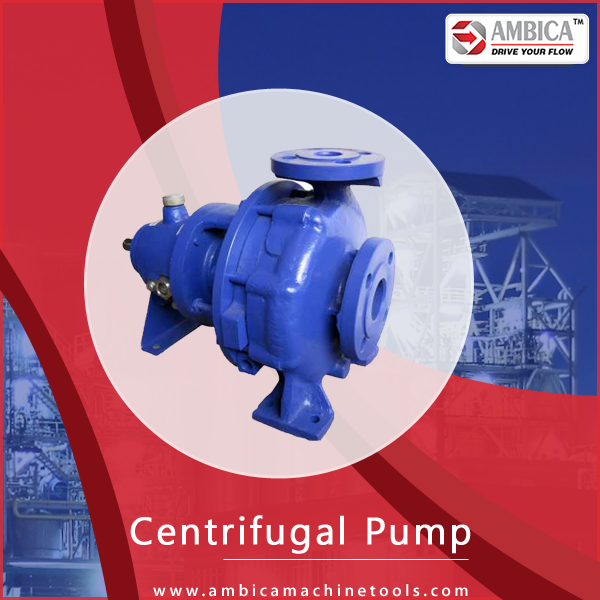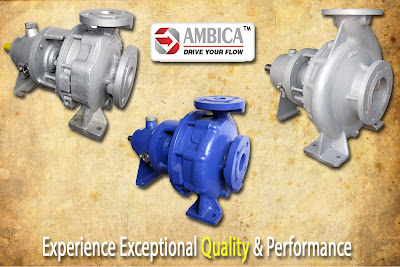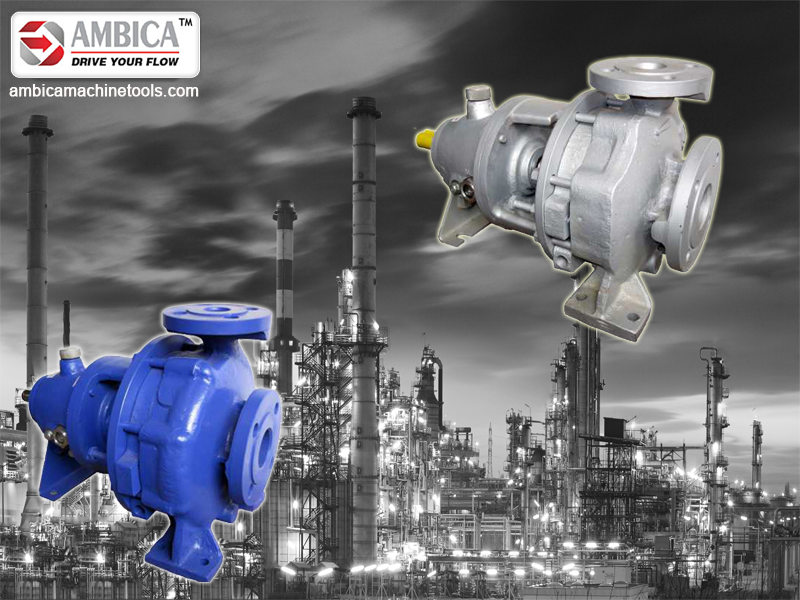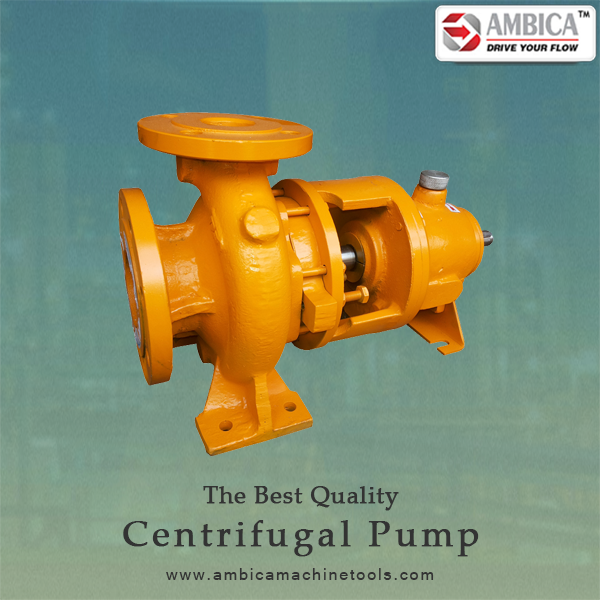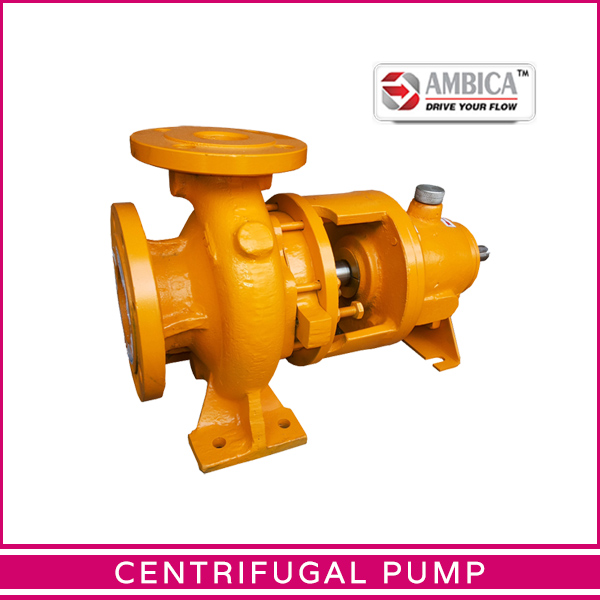Installing a Centrifugal Pump or any Pump in your industry might sound cost to you, but their longevity assures its importance. It is totally up to the industry owner to install a pump or not, as they are not necessarily required everywhere, but if you are in one of these industries, make sure you have a pump; Mining Industry where extraction of mineral and other materials are done on the large level. An Industry that uses wood in order to generate, Pulp, Paper or Boards or etc. Agriculture is directly connected to food, and food is directly connected with enough water. Mechanical Industry where a machine is designed, produced, and operated. Mill, where flour or materials are grind Municipal Water purification systems An Industry which produces chemical using raw materials There are many other types of Pumps, other than just Centrifugal Pumps , and they are needed almost in every industry. However, installing them has a certain benefit. What are the needs? Let’s read ...
